This article is from Chenhui, a member of the 42HOW community.
Two months after picking up the car and driving 5,594 kilometers, I finally settled down from the excitement of owning my first car and my first Tesla. With this ownership report, I’m ready to put an end to this large-scale online purchase.
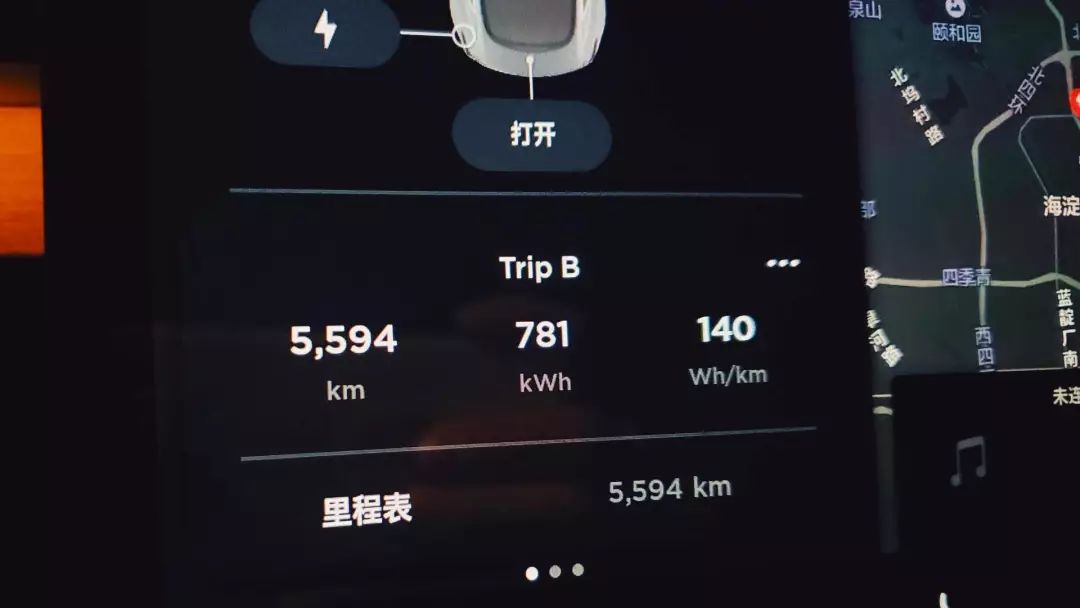
There have been too many reviews of the Model 3, so this ownership report will be relatively focused: I hope it can help friends who are in a similar situation as me make their purchasing decisions.

-
In Beijing, a city with license plate and driving restrictions;
-
No fixed parking space;
-
The only car used;
-
Usually used by two people;
-
A digital product enthusiast (i.e. an Apple fan).

The Model 3 Long Range Rear-Wheel Drive with Cold Light Silver paint and full self-driving capability cost 446,900 yuan.

Autopilot
The first thing I’m eager to share with you is the experience of using Tesla’s soul–Autopilot. Back in the decision-making stage of purchasing, there were two data points that impressed me:
-
The Autopilot 2.5 hardware on the Model 3 has a calculation power of 10 TOPS (i.e. theoretically 100 trillion floating-point operations per second), compared to only 2.5 TOPS on Mobileye EyeQ4.
-
Autopilot 3.0 hardware will increase by a factor of 10, exceeding 100 TOPS.
Tesla promises to upgrade vehicles with full self-driving capabilities to the new hardware (version 3.0) for free, which completely ended my hesitation between choosing the Model 3 and the ES6.
Actual User Experience1. Elevated highways save time and energy
- Nearly half of the over 5,000-kilometer journey was completed by the Autopilot system, which is a tailored version for China. During long-distance travels, I almost entirely relied on the system’s active cruise control feature to complete a four-hour drive without much effort. I am also getting used to handing over control on city ring roads.
2. Very reassuring passive safety system
-
The system provides reminders of the surrounding environment during driving, such as when changing lanes, and alerts me to potential dangers by turning the corresponding vehicles on the screen red if they are in the blind spot of the side-view mirrors.
-
There are also forward and side collision warnings. When the warning sounds off, it means that, at the current speed, it is likely that I cannot brake in time to avoid a rear-end collision, and prompt me to take action.
-
If the vehicle drifts, the system will cause the steering wheel to vibrate, alerting me to maintain proper focus.
-
If the car behind suddenly accelerates during a lane change, the Autopilot system will immediately steer the vehicle back to the original lane to avoid collision. (Don’t ask me how I know, as a civilized driver, I only change lanes after signaling for three seconds. I can only speculate that the car behind was a hit-and-run expert.)
3. Additional benefits
-
Energy-saving: When the Autopilot system is engaged, its precise control can save more energy than when I drive myself.
-
User-friendly: When driving with Autopilot, the vehicle always stays in the middle of the lane without interfering with other lanes or other vehicles’ driving, and the lane-change feature gives the cars behind plenty of response time.
-
Worry-free: Autopilot has some interesting features, such as automatic parking and summoning. Although the latter only allows for controlling the vehicle’s forward or backward movement via a mobile device in China, it can still help quickly park in narrow spaces abroad. It is a worry-free experience in specific cases.
-
Expanded horizons: Thanks to Elon Musk’s bold approach, we are fortunate to experience the most advanced autonomous driving technology currently in production. As users, it is natural to ponder image-recognition technology and even some ethical issues, which is a rewarding experience for me.
4. And there are some exciting things that cannot be disclosed…* Navigation on Autopilot, a function that allows vehicles to automatically change lanes and overtake on high-speed roads with clear navigation and also automatically exit highways, which has been available on the US market for more than half a year, will soon be launched in China. This is an important step for Tesla’s autonomous driving technology, and I am fortunate enough to be selected as one of the first domestic testers to experience it on the road (putting my life at stake) for testing, but I cannot share the details due to a confidentiality agreement. I am very much looking forward to the function’s official launch.
Design Philosophy
Discussing the Autopilot’s experience may be too subjective, so I would like to explore with you the design philosophy behind it.
1. Minimalist Concepts and Operation Learning Curve
Driving a Tesla requires very few concepts to be mastered immediately (especially various automatic driving terminology abbreviations that make you doubt your own intelligence: ACC, LDW, LCA, SDIS, SDO, CTA-R, CTA-F, LKA, DDW…most salespeople may not know the meaning behind these terms on their own product configuration sheets). Tesla has also never linked itself to the US National Highway Traffic Safety Administration’s defined levels of autonomous driving (L1 – L5), instead steadily moving forward step by step according to its own set of “user products, commercial landing, algorithmic growth, and technical efficiency” complete architecture.
The operation is even simpler:
-
All passive safety systems are automatically enabled;
-
While driving, pull down the gear shift once to enter ACC cruising mode, or pull down the gear shift twice to enter active cruise control mode.
2. High Usability and Traceability
Can the vehicle enter active cruise control mode? Just check if there is a gray steering wheel icon on the screen. To show this icon on the screen as much as possible, Tesla has put a lot of effort into it, such as:
-
Even when there is a vehicle in front and it is stationary, it can be started;
-
Regardless of whether it is on a closed road, as long as the road markings are clear, it can be enabled.
At the same time, in order to keep the vehicle that has entered the “active cruise control mode” working as long as possible, Tesla has also made many efforts:
- When the active cruise control mode is turned on, if there are no road markings or on a road section with a red light, if there is a vehicle in front, the vehicle will follow the trajectory of the vehicle in front through the area; if there is no vehicle in front, the camera will “see” the road markings after the red light, make a virtual extended line, and make a driving action like a driver to ensure that the vehicle can automatically pass through red light intersections under non-extreme circumstances.
The benefits of such a design are:
-
In most cases, Autopilot is waiting for you silently instead of you wondering when you can use it.* The system will not exit frequently, affecting the emotional state of use and increasing psychological costs;
-
After a certain period of running-in, I can accurately judge whether the current section should be handed over to Autopilot for driving.
3. Adequate feedback information
Adequate feedback information is the starting point for me to establish trust with the assisted driving system. Because I need to know what the vehicle sees, whether it is consistent with the real-world information I see, in order to speculate its working logic, and intuitively understand whether the system is currently working properly. Autopilot has made a very easy-to-understand information feedback system, which is placed in the most important area of the screen:
-
Lane display: real-time drawing of the number of lanes, lane lines, bend curvature, etc. based on the camera-captured information. Through this information, you can know the position of the vehicle on the lane.
-
Vehicle type display: pedestrian, bicycle, motorcycle, car, truck, bus, etc. Autopilot tries its best to restore the surrounding vehicle situation.
-
Vehicle relative position display: the system accurately restores the relative position of the vehicle, such as whether the vehicles on both sides are crossing the line. This process even includes prediction: for example, if the system “sees” a motorcycle in front of a bus on the right, even if the motorcycle has entered the blind spot of the driver’s vision, it will still appear on the screen, allowing me to anticipate potential expectations and response strategies for the sudden lane change of the motorcycle by Autopilot.
-
In addition, Autopilot also has a very elegant voice feedback system, with different but clear feedback sounds for each situation, which is not elaborated here.
Video 1. Automatic Parking Demonstration
Video 2. When using Autopilot to change lanes, it will detect whether there are faster vehicles behind. If yes, the lane change will be abandoned.
Video 3. Autopilot normal through a road junction without road markings.
I have not had the driving experience of traditional fuel performance cars, nor have I driven on a racetrack or played drifts. But through Autopilot, I feel another kind of “Pure driving pleasure”, that is, the pleasure of driving as little as possible. This means that during daily commuting, I don’t need to “work for the car” blindly, and I can free up more brainpower and physical strength to complete other tasks, such as:
-
Listen to some podcasts/audio programs with a larger content;
-
Send and receive WeChat messages in a safe environment (although writing this will be scolded, but don’t we all like to play with our phones while driving?)

No one wants their car to be outdated in a few years. Autopilot is the smart and powerful goalkeeper who can help.
The consistent design concept of “first principles”
Model 3 is Elon’s masterpiece, and has been applied to product design except for Autopilot. Every detail of the vehicle reflects the “first principles” design concept, which makes me think involuntarily:
-
Why have car keys? Is there a smarter way to verify “who is the owner of the car”?
-
What does the dashboard mean to the driver? Which information is most important for driving?
-
Does automatic driving function need a separate lever/button design?
-
Which buttons in the operation area of the steering wheel can be removed?
-
What do we really want from seat memory function?
-
Is the horizontal or vertical screen better for the in-car display?
-
Do headlights and wipers need manual control?
-
Is the shift lever on the center console necessary?
-
Should air outlets have a strong presence in the car interior?
-
Is it more important to have an openable skylight or to have a view of the sky as much as possible?
-
……
Being able to experience something worthwhile from a product is a great consumer experience. This represents a profound exploration and research behind the product. For example, just like how the iPhone showcases how software on a handheld computing device should be designed through several built-in apps, this is the crystallization of top-notch user interface and interaction designers’ research for years.
If your work also produces some content/tools/designs for others to use, Tesla’s products are definitely worth exploring.
Extremely low usage cost
Total energy consumption is 781 kWh for 5594 km, total charging is 1009 kWh, electricity cost is 940 yuan, and the average energy cost per 100 km is 16.8 yuan, which is equivalent to slightly over 2 liters of fuel per 100 km. If there is a home charging pile, the cost per kWh can be reduced to 0.5x yuan, making the electricity cost even lower.
Based on this estimate, the electricity cost for driving 50,000 km is less than 10,000 yuan. In the same case, the fuel cost for a gasoline car is nearly 38,000 yuan (calculated based on an average fuel consumption of 10 L/100 km), not including the difference in maintenance costs.
Qualified charging experience* Under daily urban commuting conditions (300 km+), the car needs to be charged once every 6 days with a charging time of approximately 50 minutes to reach 80% battery level.
- During a long-distance trip in April, with a one-way trip of 600 km, the car only needed to be charged once during a quick supercharging stop on the way, with a charging speed of over 100 kW when the remaining battery level was low. The charging and resting period only took 25 minutes before continuing the journey.
As an electric car with an NEDC range of 664 km, I believe the Model 3 can provide a satisfactory user experience for non-permanent parking users during spring and summer seasons.
Other advantages of electric cars:
-
The car must be fast. After a software upgrade, the Model 3 can now go from 0-100 km/h in 5.2 seconds, which is more than enough for daily driving (able to accelerate quickly at traffic lights or when changing lanes).
-
The car must be quiet. During most urban commuting scenarios, the Model 3’s quiet driving experience paired with the excellent sound system can create a “private space” experience as desired.
-
No worries about traffic restrictions: self-explanatory.
Beauty
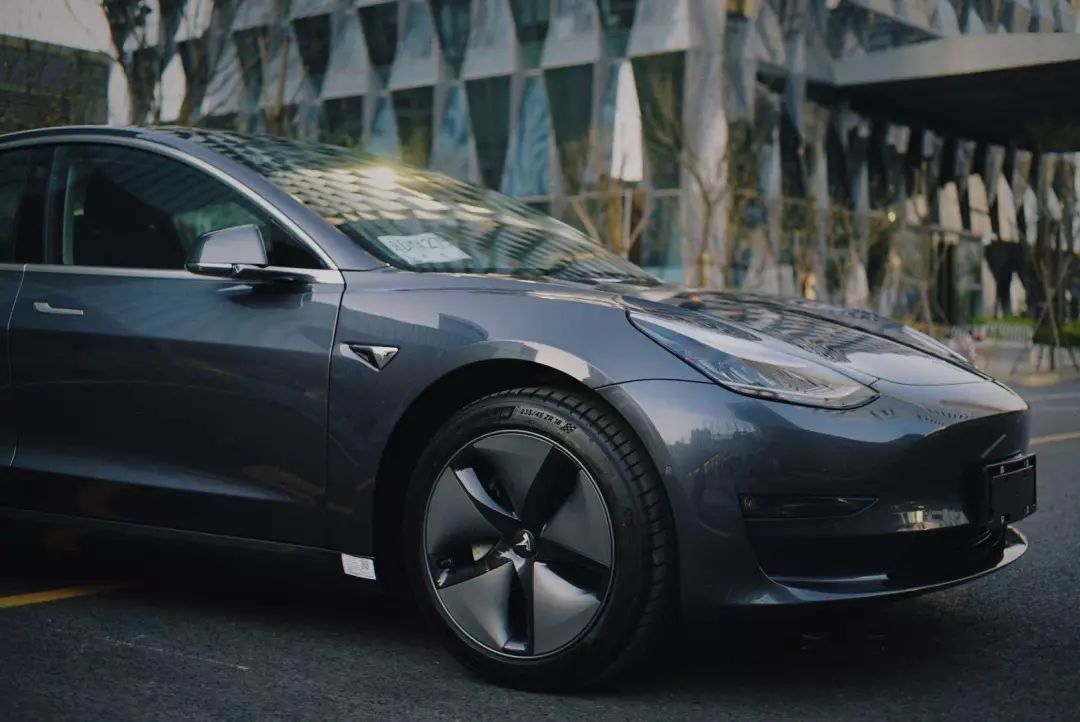
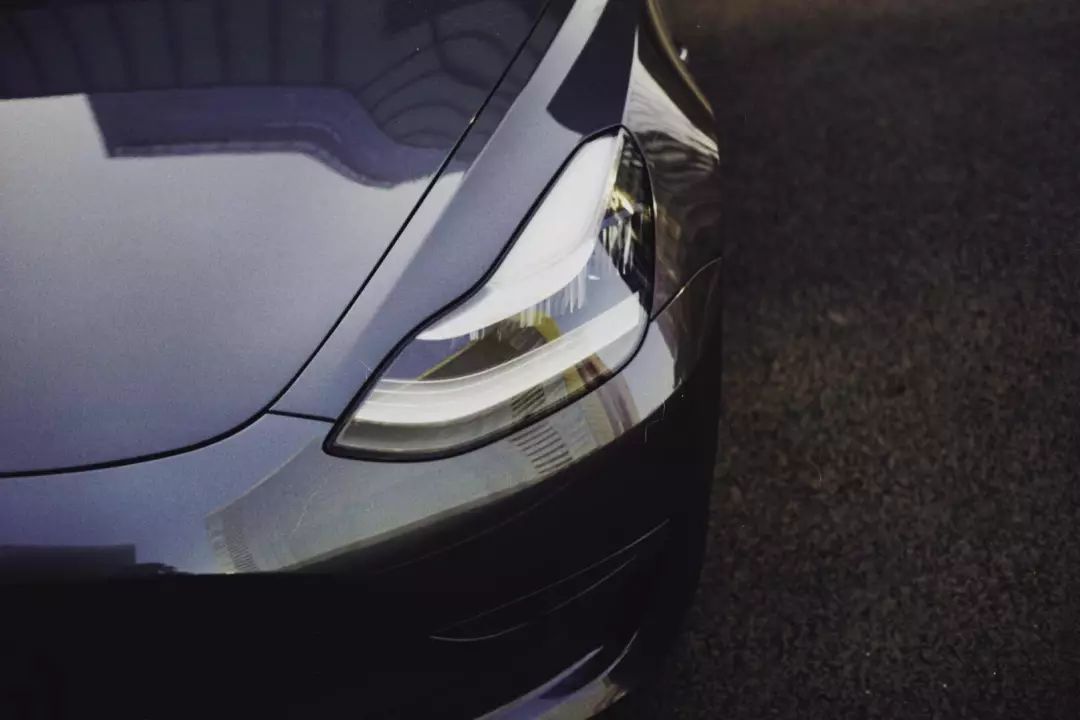
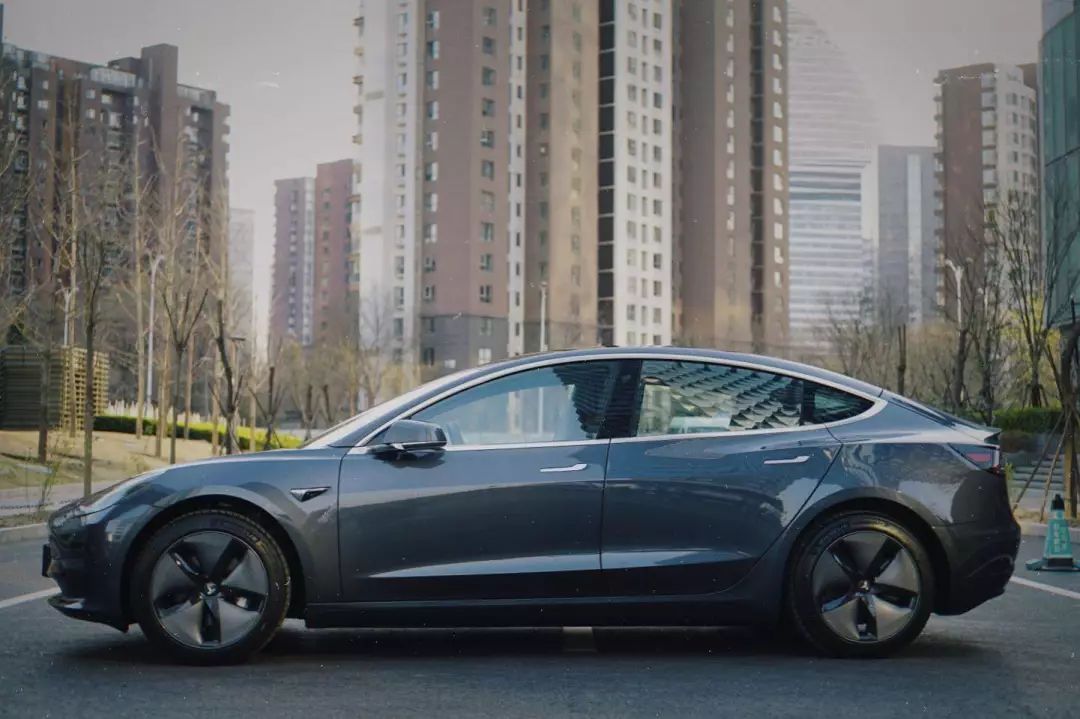
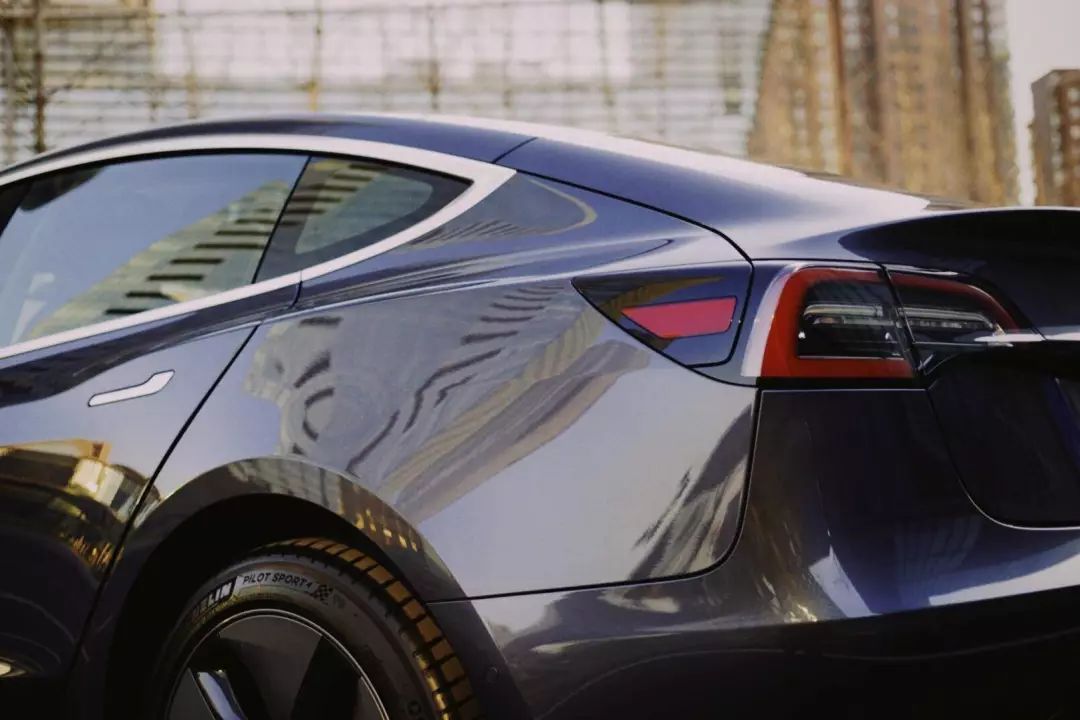
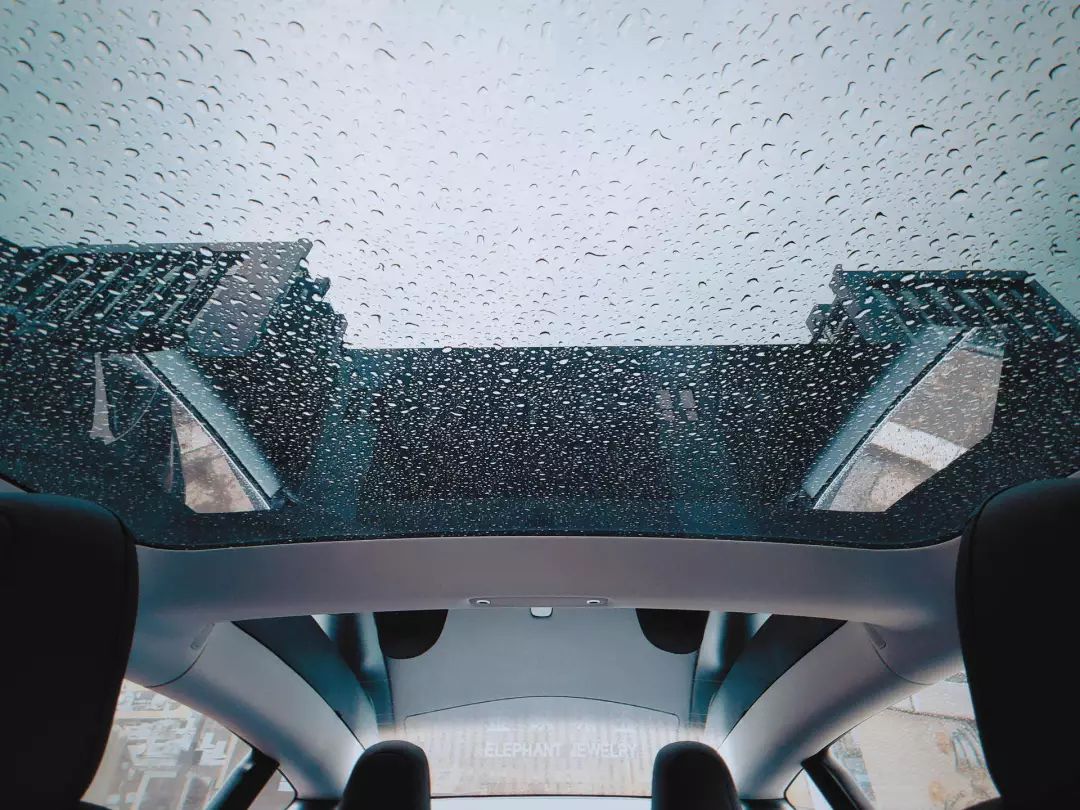

High wind and tire noise on highways.When the speed exceeds 80 km/h, the wind noise will be very obvious. Especially when the speed reaches 120 km/h on the highway, sitting in the car is like being in the cabin, constantly feeling the roar of the engine like an airplane.
The suspension is quite hard
In short, don’t drive after just eating and passing through a speed bump that needs to be slanted (such as various curved parking lots in shopping malls).
After upgrading to the new version system, the tire pressure can finally be customized. Elon may have experienced car sickness, so he tweeted to teach everyone to adjust the tire pressure to 2.7 bar (cold tire) or even lower. Although it will lose 1% of energy efficiency (larger tire contact area), the overall comfort will be significantly improved.
The price is too high
Although the country has many subsidies for the new energy vehicle industry, Tesla has always been excluded. In addition to the selling price of 446,900 yuan, nearly 40,000 yuan of purchase tax needs to be paid. If the loan interest is added, the total price will be approaching 500,000 yuan.
Rear space? It may be a problem
There is indeed a usage scenario of bringing friends out to play together. But currently, the mileage I have driven in this scenario does not exceed 100 kilometers. If you and your friends are not over 180 cm tall, the rear row of the Model 3 is still acceptable.
Don’t worry about storage space, the front trunk is very practical, and the trunk space is also large enough. If you are a small car enthusiast, the Model 3 may even surprise you.

The best time to buy a Tesla:
-
Take advantage of the current price reduction + free delivery of full self-driving function (meaning that you can upgrade to 3.0 hardware for free) + buy the long-range version (NEDC 664km, 420,000 yuan) or performance version (0-100km 3.4 seconds, 520,000 yuan) before the tariff is raised.
-
Wait for the domestic version (NEDC 460km).
The domestic version without Autopilot function is estimated to have a landing price of less than 300,000 yuan, but the comprehensive later use cost (energy consumption + maintenance) will be 30,000 to 40,000 yuan cheaper than the same level of gasoline vehicles. Plus the powerful automatic driving assistance ability, it is really a valuable car.

Since this is my first car, I have done some things that I couldn’t do before while driving it:* Went back and forth 100 kilometers at midnight to the first laser IMAX cinema in Beijing’s Fangshan to watch Avengers: Endgame;
-
After finishing work on a Saturday, I spontaneously drove to Tianjin;
-
Weekend trips to suburbs have become a regular way of life, and I’m not afraid to bring some luggage (even my HomePod);
-
On weekends, I can also travel back and forth to my hometown in Shandong, and with Autopilot, I don’t feel tired during the 4-hour drive;
-
In order to reduce the time spent finding parking spots, I developed a habit of getting up early, and the total commuting time to and from work has been reduced to 40 minutes. I also developed a habit of running outdoors for 1 hour every week to pass the time while waiting for the car to charge;
-
……
When I was a kid, the first American TV series I watched was called “Knight Rider,” and I envied Michael’s all-powerful car. Now, the Model 3 seems to be a character that appears in my life, and every upgrade makes it better and stronger.
I seem to be lacking a conclusion here, but everything that needs to be said has been said. How about using my referral code to order a car, and we can both get some discounts: https://ts.la/chenhui64429, or add my WeChat chenvii and I’ll add you to the Tesla owner group. I wish you a pleasant journey with Autopilot ~

- 21 days of picking up the Model 3, full of joy and pain | 42Group* 11 Questions About Model 3 | Q&A with Captain


This article is a translation by ChatGPT of a Chinese report from 42HOW. If you have any questions about it, please email bd@42how.com.
